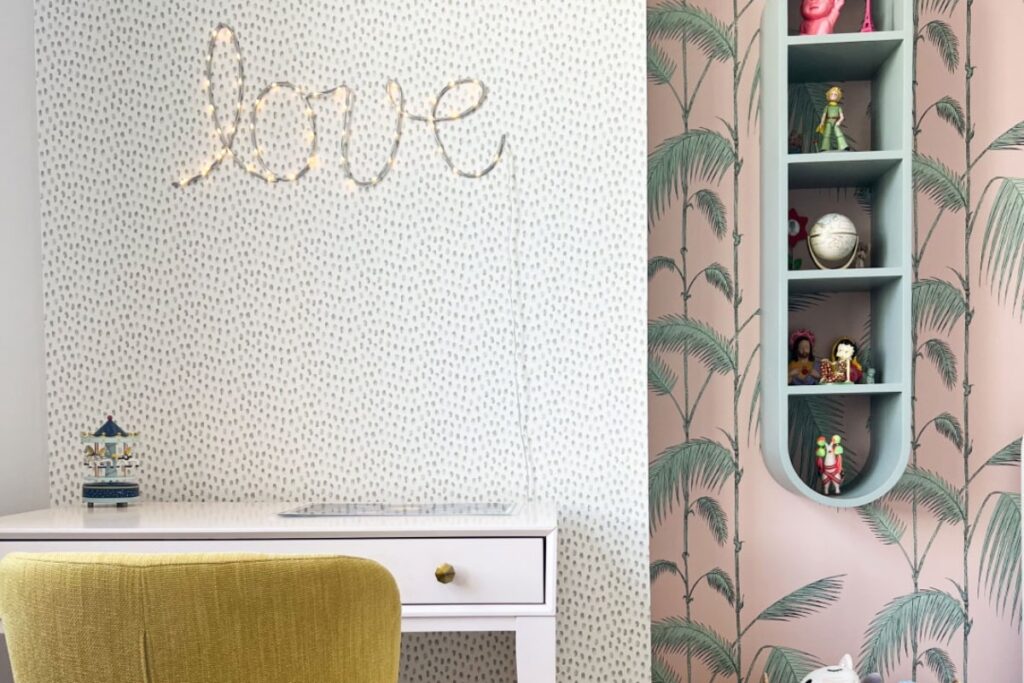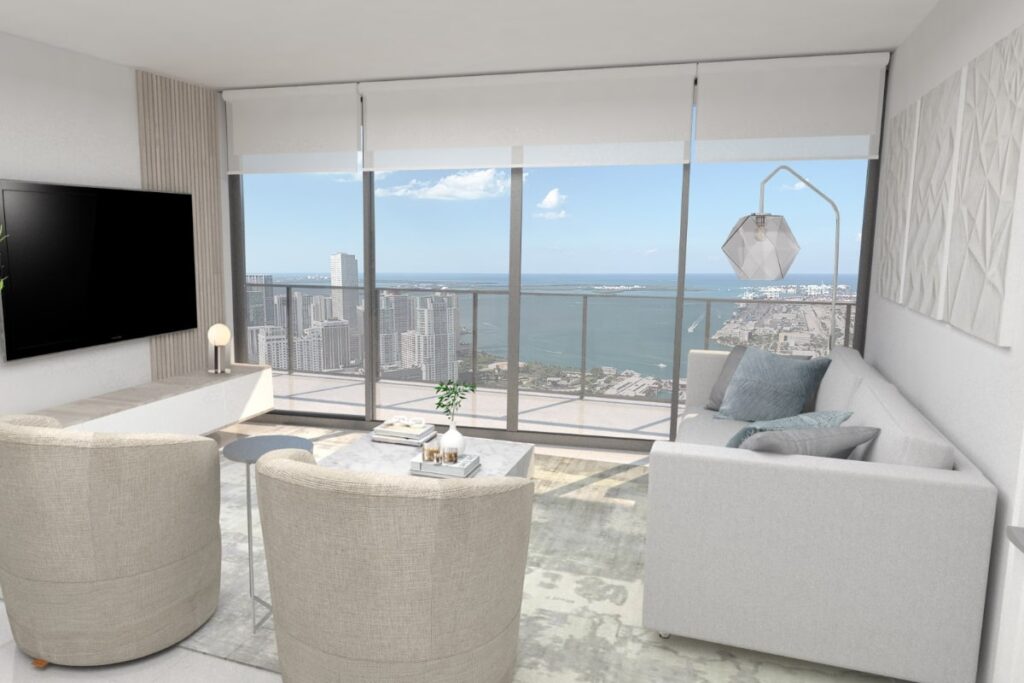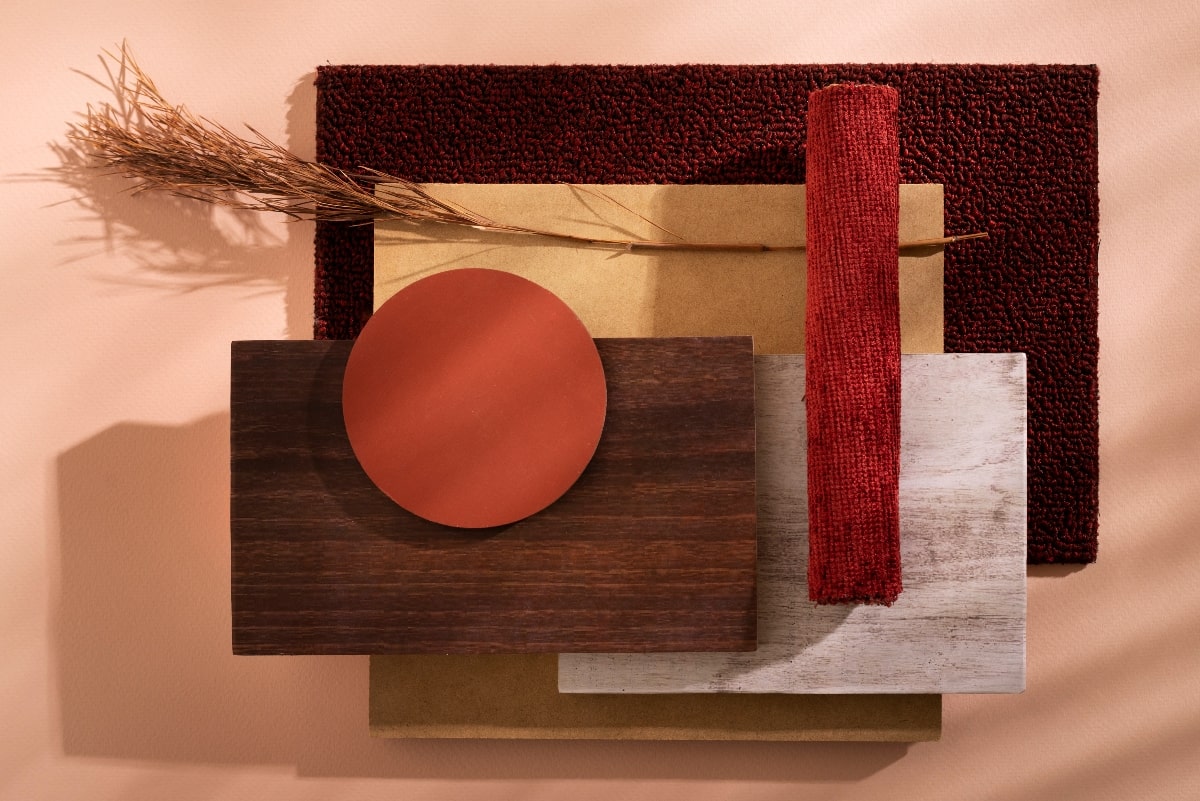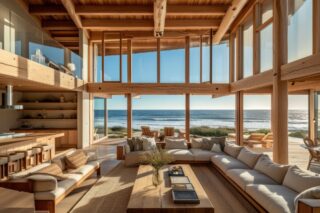In today’s interior design trends, texture has become a fundamental element in creating engaging and dynamic spaces. Designers are increasingly leveraging textures to bring energy, depth, and character to interiors. Whether through visually rich wallpaper, tactile fabrics, or natural materials, texture plays a crucial role in enhancing the aesthetic and sensory appeal of a room. By carefully layering different textures, designers can evoke warmth, sophistication, and personality.
In a world where minimalism and modernity often lead to sterile environments, the right mix of textures can make a space feel inviting and balanced. Understanding the power of texture in interior design can help transform a simple room into an inspiring and harmonious living space.
What is Texture in Interior Design?
Texture in interior design refers to the surface quality of materials that can be both seen and felt. It influences how a space looks and how it feels, impacting the overall atmosphere and style. Texture is categorized into two main types: visual texture and tactile texture. Visual texture affects the perception of depth and pattern, while tactile texture engages the sense of touch, adding a physical dimension to the design.
Visual Texture: This type of texture creates the illusion of depth and richness without adding physical relief. Wallpaper, painted finishes, and printed patterns are common examples. A perfect demonstration of visual texture is this bedroom design in North Miami by Palette Interior Design, where a beautifully patterned wallpaper enhances the ambiance of the space.

Tactile Texture: This involves physical elements that can be felt, such as fabrics, wood, and stone. Tactile textures bring warmth and sensory depth to a room. A stunning example is this living room renovation in Brickell, where Palette Interior Design incorporated a textured decorative painting, a plush rug, and a wooden slat panel behind the TV to create a rich, layered look.

Importance of Texture in Interior Design
- Enhances visual and tactile interest, reinforcing other design elements to set the mood and style of the space. Texture can elevate the overall aesthetic appeal of a room by creating contrast and dimension. It helps highlight key design features, adding complexity and uniqueness to the environment. Whether it’s through intricate textiles, rich wall finishes, or decorative pieces, texture ensures that a space does not feel flat or monotonous, making it more engaging and stimulating for both the eyes and touch.
- Creates a sense of scale, making large rooms feel cozier or adding depth to smaller areas. Texture plays a fundamental role in how a space is perceived. In large spaces, soft and layered textures can help make the room feel warm and intimate, preventing it from appearing empty or overwhelming. In contrast, light and reflective textures can make small rooms appear more spacious by creating a sense of openness. The right balance of textures helps define spaces and makes them feel more comfortable and inviting.
- Maintains harmony, ensuring a balanced combination of different textures for a cohesive look. Using too many contrasting textures can create a chaotic and uncoordinated space, whereas a lack of variation can make the environment feel bland. Harmonizing different textures is key to achieving an elegant and well-designed interior. By thoughtfully selecting complementary textures—such as smooth and rough, soft and hard, matte and glossy—designers can create a cohesive and visually appealing aesthetic that enhances the overall ambiance of the space.
- Affects light reflection, influencing how colors appear and how lighting interacts with surfaces. The way textures reflect or absorb light can drastically change the perception of color and space. Glossy and smooth textures reflect more light, making a room feel brighter and more open, while rough and matte textures absorb light, adding depth and a sense of coziness. Understanding how different textures interact with lighting is essential to achieving the desired atmosphere in an interior, whether it’s a bright and airy space or a warm and intimate retreat.

Where Can Texture Be Placed in Interior Design?
Texture can be incorporated into nearly every element of a room to create a well-rounded and inviting environment. Some of the most effective areas to add texture include:
- Walls: Wallpaper, textured paint, exposed brick, or decorative panels. Walls are one of the most impactful areas to introduce texture. A carefully selected textured wall treatment can serve as a focal point, adding depth and personality to a room. Exposed brick adds a rustic charm, wallpaper brings pattern and sophistication, while decorative wall panels can create a refined and elegant backdrop.
- Floors: Rugs, carpets, natural stone, or wooden flooring. Flooring provides a foundation for the overall texture of a space. Soft rugs and carpets introduce warmth and comfort, while materials like natural stone or hardwood add structure and durability. Layering different floor textures, such as a woven rug over a wooden floor, enhances visual interest and makes the space feel more inviting.
- Furniture: Upholstered seating, textured wood, or woven elements. Furniture plays a crucial role in adding both visual and tactile textures. Upholstered chairs and sofas provide a soft, plush texture, while wooden furniture introduces a natural, organic feel. Woven elements, such as rattan or cane, bring warmth and a handcrafted aesthetic that adds character to the space.
- Decor Accents: Throw pillows, curtains, vases, and artwork. Decorative accessories are an easy way to incorporate texture without making permanent changes. Soft throw pillows and curtains add layers of coziness, ceramic or metal vases introduce contrast, and textured artwork brings depth to walls. These small yet impactful details complete the overall look of a well-textured space.
- Ceilings: Wooden beams, decorative moldings, or embossed tiles. Often overlooked, ceilings offer an additional surface to introduce texture. Wooden beams can add a rustic or industrial touch, decorative moldings enhance traditional elegance, and embossed tiles provide a unique and luxurious finish. Adding texture to ceilings ensures that every aspect of the space is thoughtfully designed.
Explore More with Palette Interior Design
Looking for inspiration? Explore Palette Interior Design’s diverse portfolio to see how texture can elevate your living spaces. Their expert touch ensures every project is both visually striking and functionally comfortable. Discover their latest designs here.

